I think many of us get caught up in the sets x reps trap.
Meaning, we’re so focused on the number of sets and reps we perform in any given set or workout, that we often forget there are many other components to garnering progress in the gym.
In today’s guest post by Upstate NY based trainer, Matt Phelps, he reminds us of a facet of training often neglected…Time Under Tension.
Enjoy.
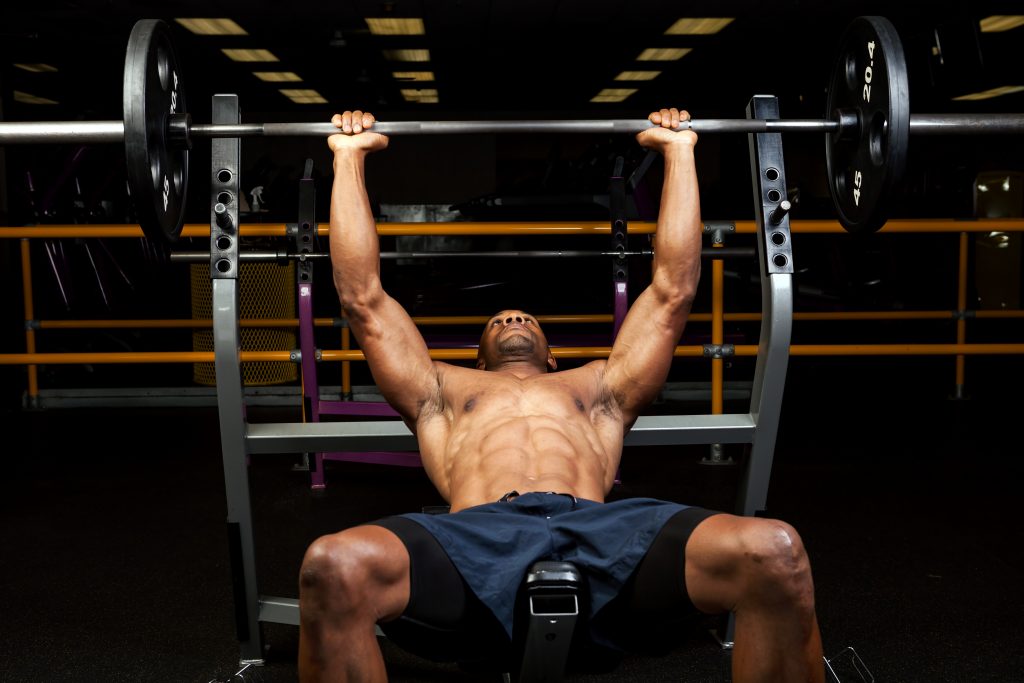
In The Beginning
Think back to when you very first started training.
To when you very first got into this stuff.
I mean like, REALLY into this stuff.
If you were anything like me, you fanatically researched what the best routines were to get bigger arms, a fuller chest, monster traps, diesel delts, and the elusive “wings” that belong to those with huge lats.
PS: I hate you.
Once I found the magical exercise that would grant me super powers, and the 21 inch pythons that came with them, I immediately asked the same question you have asked yourself, countless times:
“How many sets and how many reps do I do?”
Exposing a Flaw
It was not until recently, in the past couple of years, did I realize how flawed this question actually was.
Let’s say I prescribe 3 sets of 10, the classic set and rep scheme for most beginners.
Those 3×10 sets can look DRASTICALLY different from one individual to another. But if all we do is prescribe “sets x reps” then we are presuming the quality of work is the same. What if it takes one person 20 seconds to do 10 reps, and another person 40 seconds?
Will this have the same response on the body, over time?
I highly doubt it.
When it comes to muscular adaptation, most of us know that in order to induce change, and keep progress coming, there needs to be a system of progressive overload. We know that over time, we need to train with the same load for more “reps” or a heavier load for the same “reps”, in order to see the size and strength gains coming.
While in theory, this makes total sense, the application get messed up.
Many of us are smart from years of having read the awesome content available to us from resources like this website.
However, because we are so educated, so wise in the weight room, whether it is conscious or not, we “cheat” the system.
We chase reps.
We let form breakdown so we can say we got a “rep”.
We take the emphasis off of the eccentric to gain the ability to do more concentric contractions.
We use inertia and momentum to help us get those “reps.” Like I said, this is quite often unintentional, but the fact remains, it happens.
To Rep Count, or Not to Rep Count?
The fact is, our muscles do not have a “rep counter” that figures out training volume so neatly, like it does on many of your excel spreadsheets.
While volume can most easily be identified and tracked through load x reps x sets, this presumes that all sets are the same, not only within one individual’s training program, but also from person to person.
Our muscles know time under tension and load.
These factors elicit the metabolic damage needed to grow, adapt, and get the results we’re looking for.
I really think it is that simple.
What is a drop set doing?
It is increasing the Time Under Tension (TUT).
What is a rest pause set doing?
It is increasing the TUT.
What is a superset of 2 exercises using the same muscle group doing?
It is increasing the TUT.
So why, then, wouldn’t we place a huge emphasis on doing sets for TUT, rather than just counting reps?
Making the Case For TUT
Look, I get it.
Sometimes it is fun just to lift heavy shit, and not give a damn about tempo.
Guilty as charged.
I love that style of training too, and always will.
HOWEVER, I think, as with most things, there is a time and place for it.
You could easily perform a “5/3/1”, 5×5, or any other of the myriad of powerlifting programs out there, before an “accessory block,” where the goal is to build size and repeated effort strength.
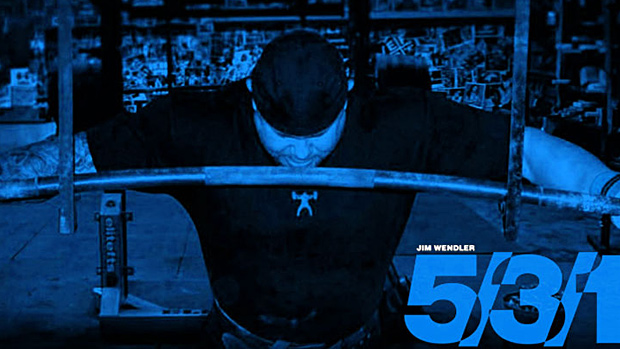
While I will admit, strength gains come from a lot of neurological adaptation, size gains will come from breaking down the muscle fibers, and that is where TUT reigns supreme.
Don’t believe me?
Let’s say you perform Hammer Strength Chest Presses after a heavy Bench Press session.
Instead of doing your typical 4 sets of 10-15, perform 4 sets :45 of work, STICKING to that 10-15 rep speed.
I can promise you, 99% of you will be forced to slow it down, place a peak contraction on the targeted muscle, and dramatically increase the metabolic “bang for your buck” that the set is providing.
Here are several reasons why all of us should make TUT training the focal point of our resistance training programs:
1. It Makes Your Training Efficient. MUCH More Efficient
When you train with TUT, you will quickly realize that it forces you to cut through the bullshit and white noise that a lot of high volume training programs encourage, and allows you to get right down to business.
You will find yourself getting what you used to get out of 4-5 sets, in 3-4 sets, and that, my friends, is amazing.
By timing your work and rest periods, you can hold yourself accountable, and also receive a great cardiovascular benefit as well. This principle forms the cornerstone of my training philosophy, Metabolic Training.
Time is the most valuable asset you have (I am not laying claim to this statement, it has been said many times before), so make the most of it.
2. It Makes the Strength Gains More Genuine
When you add reps and set PR’s, particularly for higher rep sets, there are SO many factors that go into your performance from one day to the next.
Maybe the week before you rested for 5 seconds between reps.
Maybe you used a faster eccentric and “bounced” out of the hole.
I have seen many people in the gym train with weights they have no business training with, and guess what?
Their “sets of 10” usually last for :17s.
If I had walked up to these same people, whose intention was to get 10 reps, and made them do the same 10 reps over the course of :40, they would have failed miserably.
When you train for TUT, you can be certain that you placed your muscle under a certain amount of mechanical tension, and that when you progress in load, you are doing so at an appropriate rate.
When you go from floor pressing the 80s for :40 to the 95s for :50, your pecs will most certainly feel the difference, and you can confidently know that you are, without a doubt, stronger.
3. It Forces You to Use an Appropriate Load, Increasing Safety
Tying into the previous point, if you need to perform a set for :35, and get 8-12 reps in that time period, with a full ROM, it is almost impossible to use an inappropriate training load.
If you can only get 6 reps in this time period, or fail before the time lapses, then guess what?
The weight is too heavy.
If you get 23 reps, it is far too light.
If we simply prescribe a set number of reps to do, often times we start seeing a lot of the crazy shit we see in most commercial gyms, with terrible technique being implemented just to “get the reps.”
TUT is incredibly humbling, but your joints will feel better, and your muscles will be fuller. Sounds like a win-win to me!
4. It Is Never Boring
With TUT, the possibilities are endless, and the different combinations you can deploy will keep you excited to train, and isn’t that what this is all about?
With the new focus being placed on TUT, you can start to take a ton of creative liberty with your programming.
If you are a sadist, you can do Tabata Front Squats, Ben Bruno style, :20/:10 for 4:00.
If you want to do something completely different, perform a set for :90.
It will rock your world more than it did the first time you….well, you know.
Training will become FUN again, and when you do something you love doing, you are always more likely to get more out of it.
5. It Emphasizes QUALITY
This is crucial for eliciting the needed metabolic damage to occur on the cellular level.
Training for TUT takes the emphasis OFF of the actual performance (i.e. rep count), and ONTO the muscle (more controlled reps, squeezed contractions, full ROM).
If you start using a tiny range of motion, and spastically blast through your sets like a jackrabbit in mating season, you will be punished, because the clock doesn’t stop even though you got your “reps”.
6. It Increases Intensity
By using TUT, the focus shifts from ending the set as soon as you can, to getting the most out of each set you do.
You will find yourself slowing down on your rows, going deeper on your squats, and really squeezing your glutes at the top of a hip thrust.
For those of you who are former athletes, or are competitive, TUT will challenge you by pitting you against the clock, daring you to survive the duration of the set.
For those of you who have what it takes to make it, I can assure you that this “set” will feel far different than anything you have done before.
TUT In Action: Matt’s Chest & Back Blitz
I don’t expect all of your to become instant converts to the world of TUT, but I encourage you to give it an honest chance.
Fitness is all about balance.
I still use components of “rep counting” in my training, but these days, 90% of it comes from TUT, and I have never felt better.
Here is my favorite Chest & Back routine, using TUT.
It only takes 35 minutes, so if you are hesitant or skeptical, you have nothing to lose, just try this out…your pecs and lats will thank me later.
Block 1
- Incline Bench Press x :25, utilizing a “smooth” tempo (this should land you around 8 Reps)
Rest :25
- Barbell Row x :25, utilizing a “smooth” tempo (8 Reps)
Rest :50, Repeat for a TOTAL of 5 cycles
Rest :90
Block 2 “747 Jet Sets”
- DB Bench Press, 3 Second Eccentric x :30 (7 Reps)
Rest :30
- DB Bench Press, 3 Second Eccentric x :18 (4 Reps)
Rest :30
- DB Bench Press, 3 Second Eccentric x :30 (7 Reps)
Rest 1:00, Repeat for 2 Cycles
Rest :90
Block 3
- Incline DB Row, 3 Second Isometric Holds x 1:00 (15 Reps)
Rest :20
- Incline DB Row, 3 Second Isometric Holds x :50 (12 Reps)
Rest :20
- Incline DB Row, 3 Second Isometric Holds x :40 (10 Reps)
Rest :20
- Incline DB Row, 3 Second Isometric Holds x :25 (15 Reps)
Rest :90
Block 4
- Med Ball Pushups, “Smooth” Tempo x :30 (10 Reps)
Rest :10
- DB Fly, “Smooth Tempo x :30 (10 Reps)
Rest 1:00, Repeat for a total of 3 cycles
Rest :90
Block 5 “Crazy 5’s”
- TRX Strap Row “5 Second Concentric/5 Second Isometric/5 Second Eccentric” x 1:15 (5 Reps)
Rest 1:00, Repeat for 2 Cycles
Notes
– You will notice certain “rep recommendations” in parentheses next to the TUT. If you are finishing your rep counts 5 seconds before your time is complete, or 5 seconds after, you need to adjust your tempo accordingly.
– The first 1-2 rounds of Block 1 should be light, as you “ramp” the weight up.
– On the “Jet Sets”, it should be relatively “easy”…until the 1-2 reps of the 3rd set. You may need to decrease load on the 2nd round, that is absolutely acceptable
– Drive with those ELBOWS on the rows, and put those lats to work! Resist the urge to pull with your hands, and over exert your biceps and forearms
– Lastly, have fun.
About the Author
 Matt Phelps is the owner and founder of Metabolic Meltdown, a fitness business with 6 locations in Upstate New York that specializes in Metabolic Training.
Matt Phelps is the owner and founder of Metabolic Meltdown, a fitness business with 6 locations in Upstate New York that specializes in Metabolic Training.
Matt is on a mission to educate the world about Metabolic Training, which is a unique training philosophy that combines strength training with cardiovascular training in an efficient full body workout that delivers more muscle, less fat, and pretty much makes you invincible.
Matt’s work can be found on www.trainmetabolic.com and www.metabolicmeltdown.com. He welcomes you to come check out his content, and reach out to him with any questions you might have. To see specific examples of Metabolic Training in action, along with as many photos of German Shepherds and 18 month old babies that you can handle, you can check out his Instragram account HERE.


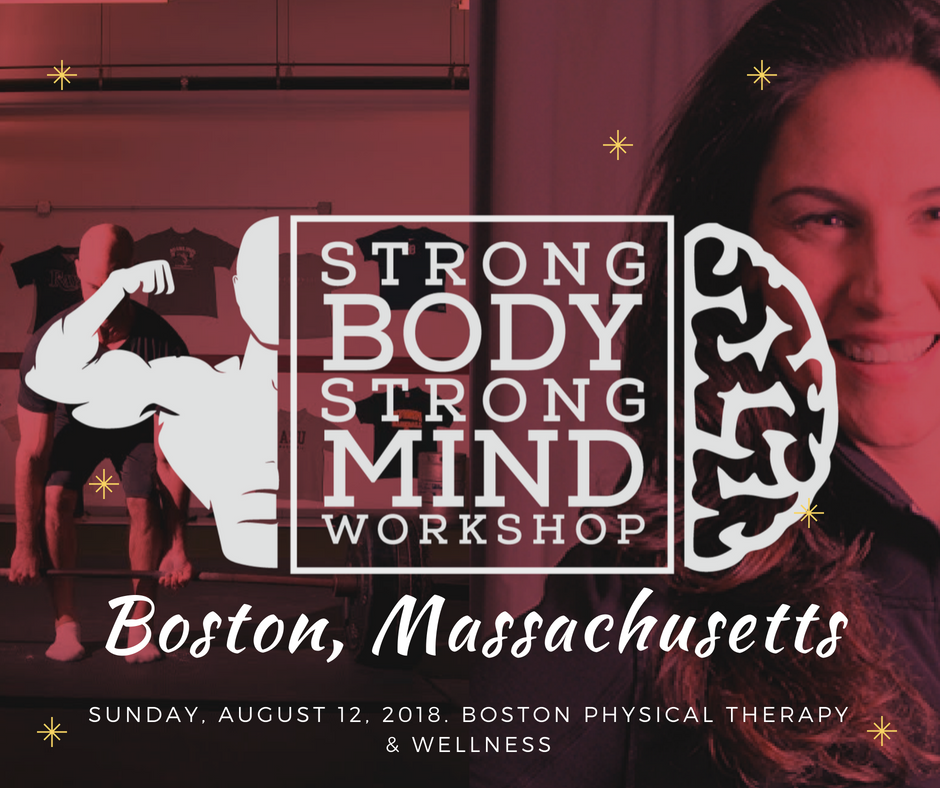
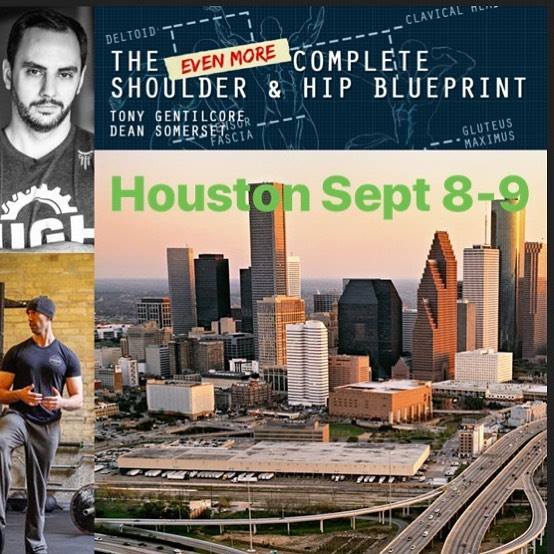

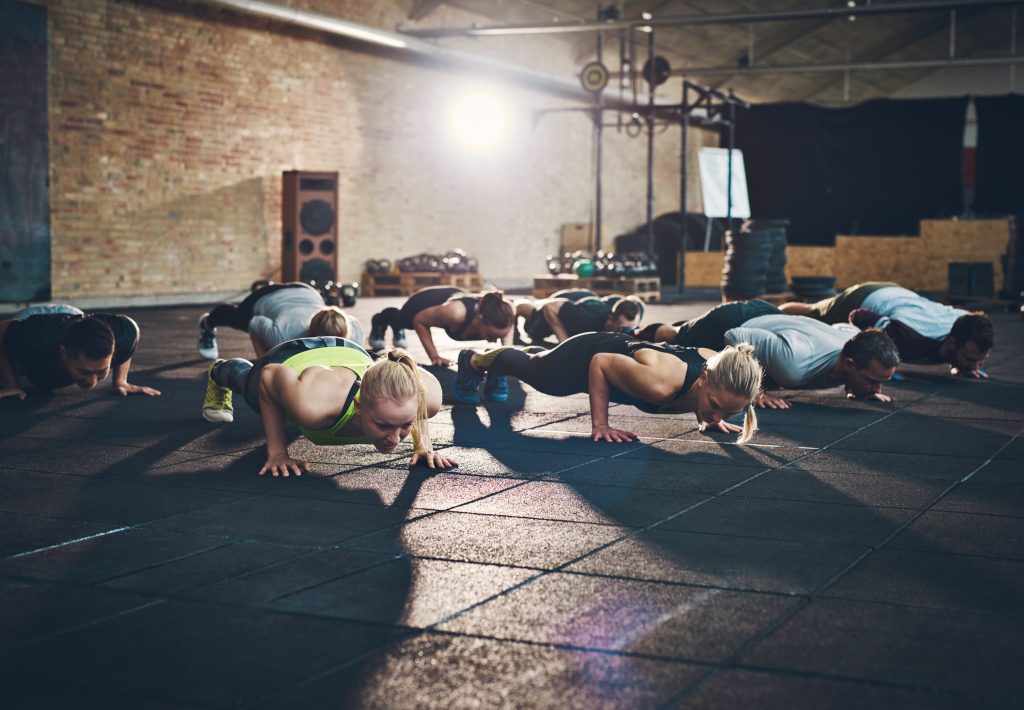






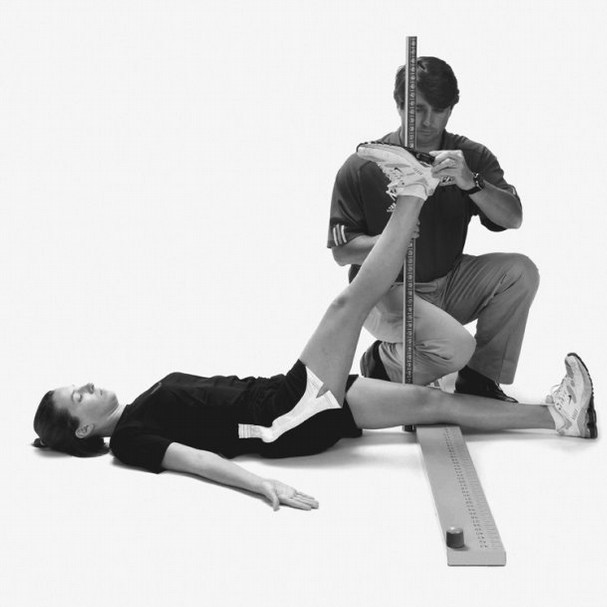


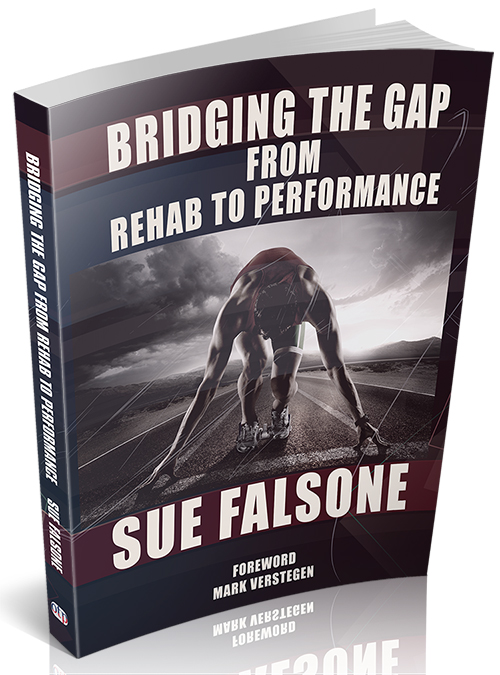
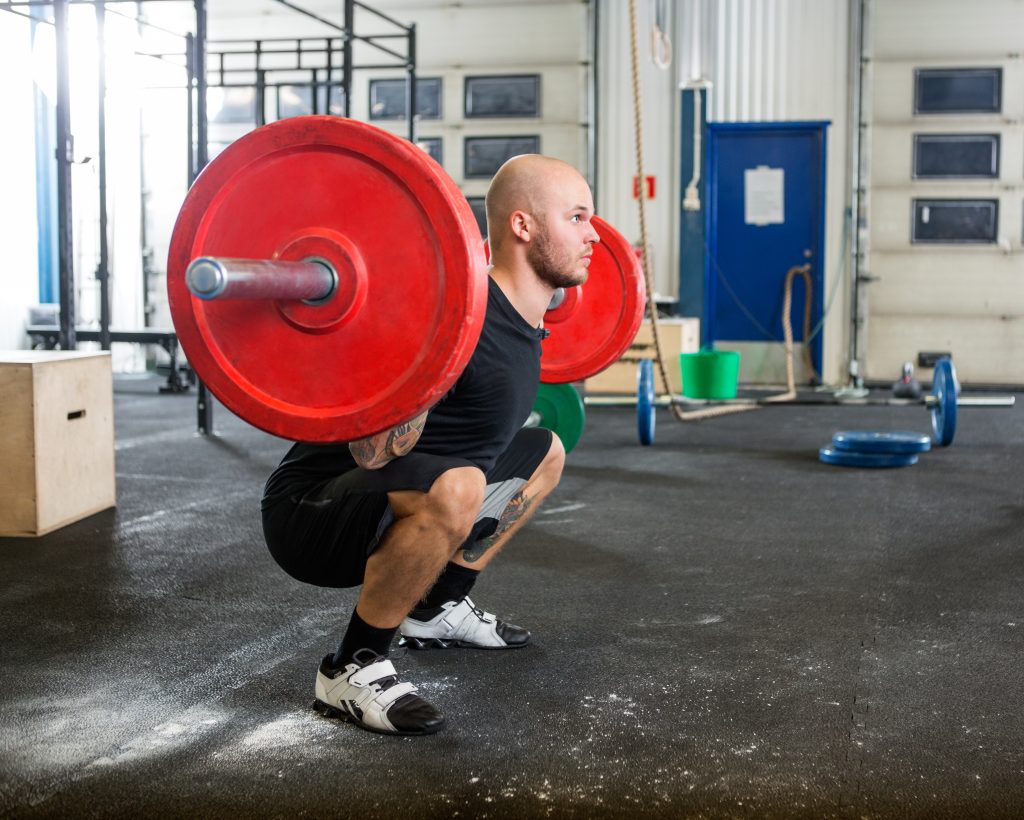

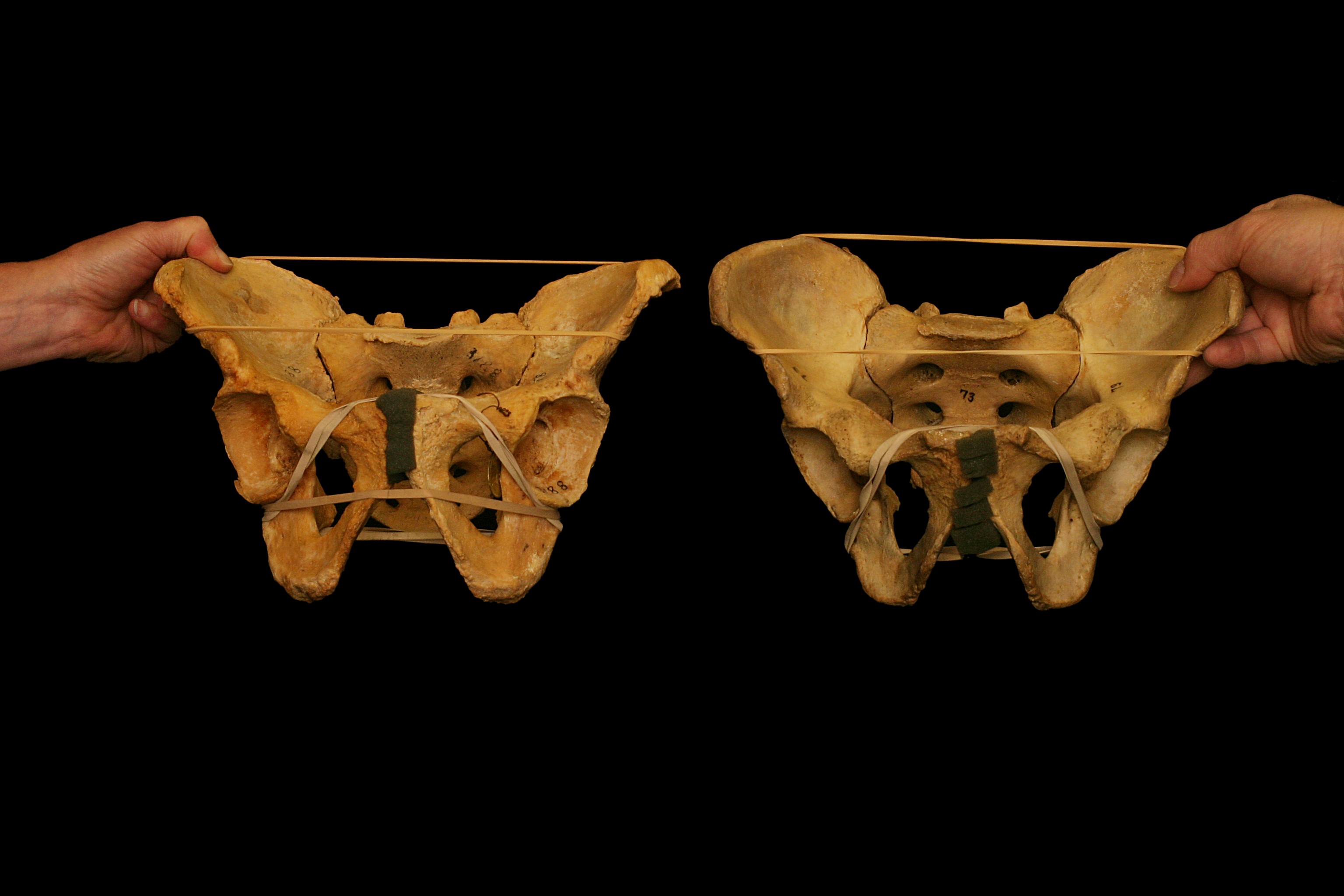
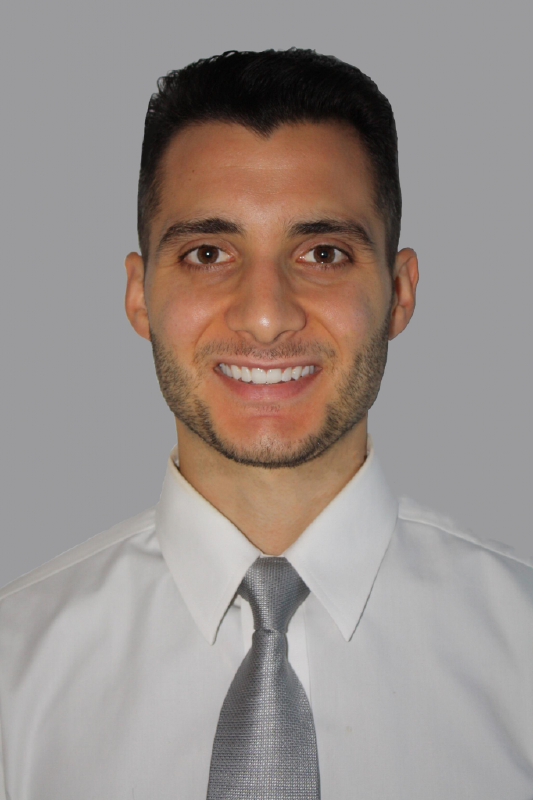 Nicholas M. Licameli
Nicholas M. Licameli


